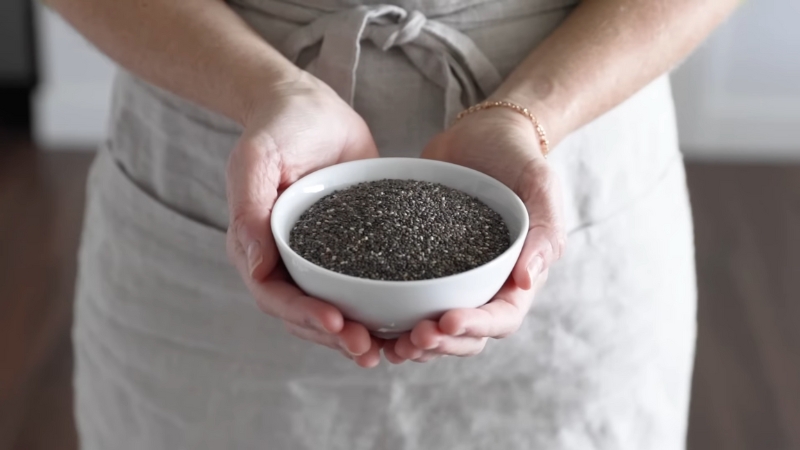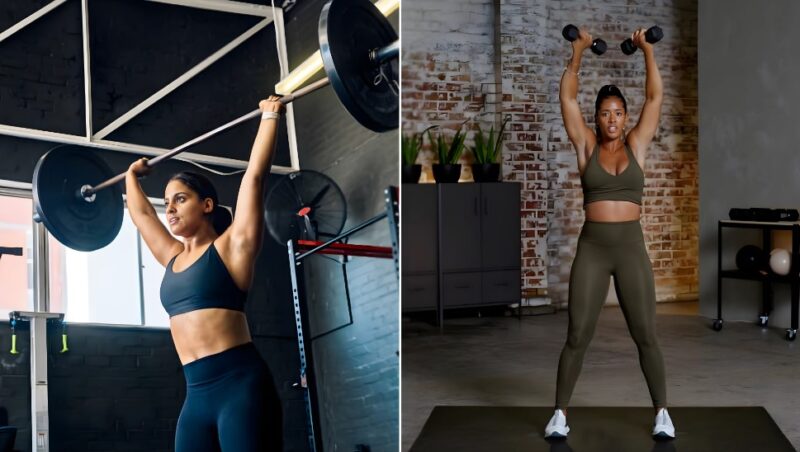
Share Post:
Shoulder training remains a central element in bodybuilding and fitness routines.
Selecting exercises that match your training goals can dramatically influence growth, symmetry, and strength development.
Among the most debated lifts for shoulder gains are the Overhead Press and the Arnold Press.
Both offer value, but they serve different purposes when it comes to building muscle.
Muscles Worked
Choosing the right shoulder exercise depends heavily on the specific muscles you aim to target and how each movement engages them.
While both the Overhead Press and Arnold Press train the deltoids and supporting musculature, they do so in distinct ways.
Understanding how these muscles work during each exercise can help determine which lift aligns best with strength, size, or balance goals.
Overhead Press
Overhead Press functions as a fundamental strength-building movement and activates several major and supporting muscle groups simultaneously.
It is especially valuable for those focusing on compound strength, athletic performance, or full-body development.
Primary muscles targeted:
- Anterior deltoid (front of the shoulder)
- Lateral deltoid (side of the shoulder)
- Triceps brachii (back of the arm)
Secondary stabilizers and assistive groups:
- Trapezius (upper back)
- Core musculature (abdominals, obliques)
- Erector spinae and lumbar stabilizers (lower back)
- Promotes overhead strength and pressing power
- Strengthens postural muscles and enhances total-body coordination
- Encourages load progression and full-body control
Pressing heavy overhead creates tension across the entire upper body, making it essential for athletes to prioritize raw power and functional resilience.
Arnold Press
Arnold Press was developed to address a limitation in traditional overhead pressing, the under-engagement of the rear deltoids.
With its twisting motion, this press delivers superior muscle activation for those seeking rounder, more symmetrical shoulders.
Primary muscles targeted:
- Anterior deltoid
- Lateral deltoid
- Posterior deltoid (rear of the shoulder)
Additional muscle groups involved:
- Rotator cuff muscles (supraspinatus, infraspinatus, teres minor, subscapularis)
- Trapezius
- Triceps
- Enhances deltoid development across all three heads
- Increases time under tension for greater hypertrophic response
- Improves coordination and range of motion with the twist mechanism
Rotational mechanics of this exercise place the shoulder under constant strain, helping activate fibers that might be underused in standard presses.
It’s especially useful for lifters focused on aesthetics and balanced muscle growth.
Strength vs Hypertrophy
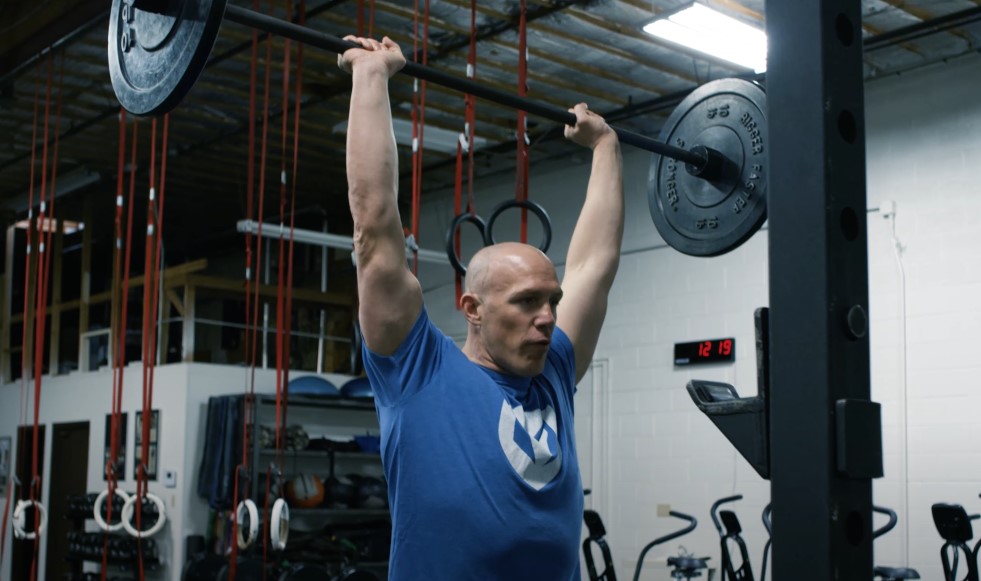
Maximizing results requires matching your training focus to the right tool.
Overhead Press and Arnold Press both target the shoulders, but each serves a different purpose depending on whether the goal is raw strength or aesthetic muscle development.
Before deciding which deserves a place in your routine, examine how each affects performance outcomes.
Overhead Press
Recognized as a key metric for upper-body strength, the Overhead Press excels in promoting brute force and full-body coordination.
This lift encourages progression by enabling substantial loading, which in turn fosters a powerful and resilient shoulder structure.
- Progressive Overload Potential: Allows lifters to increase resistance consistently.
- Compound Activation: Engages delts, triceps, traps, and core.
- Functional Carryover: Supports strength in pressing, throwing, and carrying.
Athletes focused on power sports, general strength, or pressing capacity often lean on this movement to build a base of upper-body dominance.
Stability through the trunk becomes essential, as the spine must resist excessive extension while the bar moves overhead.
Arnold Press
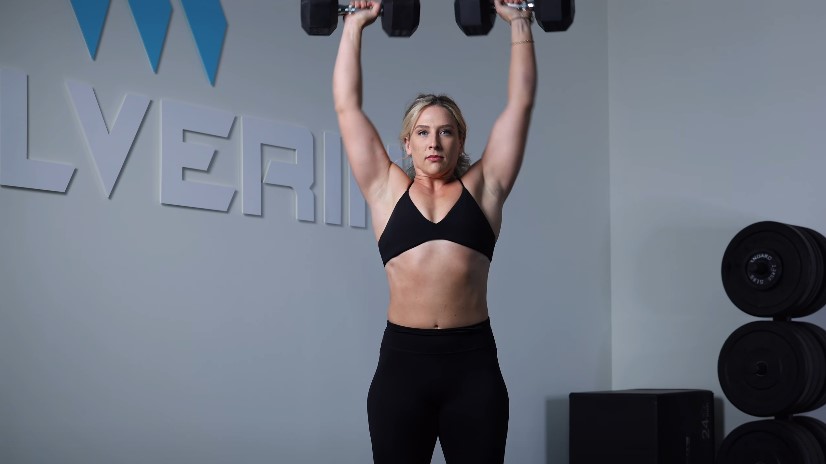
Muscle growth hinges on tension, volume, and fiber recruitment. Arnold Press excels in delivering all three.
Its twisting motion and extended range of motion lead to increased muscular activation, especially in areas often missed by straight-line pressing.
- Time Under Tension: Longer movement path promotes sustained stress.
- Rear Deltoid Activation: Targets an often-overlooked region of the shoulder.
- Greater Muscle Isolation: Reduces momentum, forcing each fiber to work.
Bodybuilders and physique-focused athletes often integrate the Arnold Press to create sculpted shoulders with clear separation across all deltoid heads.
While not ideal for heavy loads, its effectiveness lies in the quality of contraction and control.
Range of Motion and Technique
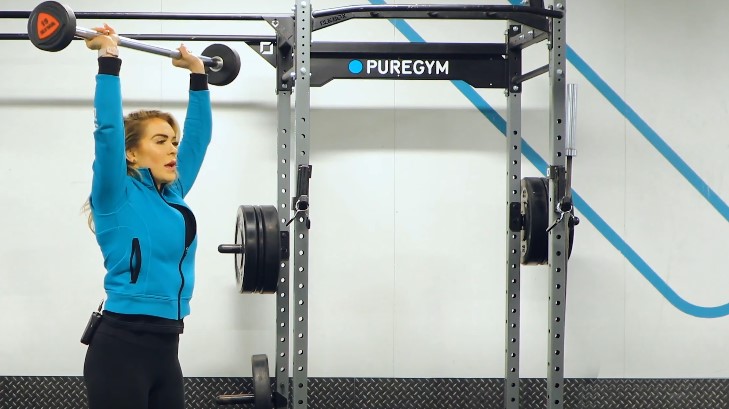
Movement quality can determine results just as much as movement selection. How far a joint travels and how a lift is executed will dictate muscle engagement and overall effectiveness.
Overhead Press and Arnold Press contrast significantly in mechanics, and that difference should influence when and how they are used.
Executed in a straight vertical line, Overhead Press minimizes complexity and prioritizes load-bearing, especially when performed using barbell setups in commercial gym rigs that ensure safety and stability under heavier loads.
Technical characteristics include:
- Linear Pathway: Reduces the need for coordination, enhancing stability.
- Shorter ROM: Limits muscle stretch but allows for heavier lifts.
- Better Suited for Maximal Strength: Especially in standing variations, which recruit full-body tension.
While easier to master for beginners, it still demands attention to posture, grip, and scapular positioning. Lapses in form can reduce gains and increase injury risk.
Designed for strategic muscle activation, Arnold Press involves a smooth, controlled rotation of the dumbbells as they ascend. This transition from palms-in to palms-out adds both time and tension to the movement.
Defining traits include:
- Rotational Movement: Engages more deltoid fibers through a twisting press.
- Extended ROM: Encourages deeper stretch and fuller contraction.
- Requires Precision and Control: Less suited for maximal loading due to joint complexity.
Ideal when prioritizing hypertrophy, it rewards patience and discipline in form. Beginners may need lighter weights and more practice to master the rhythm and tempo required for safe execution.
Risk and Injury Considerations
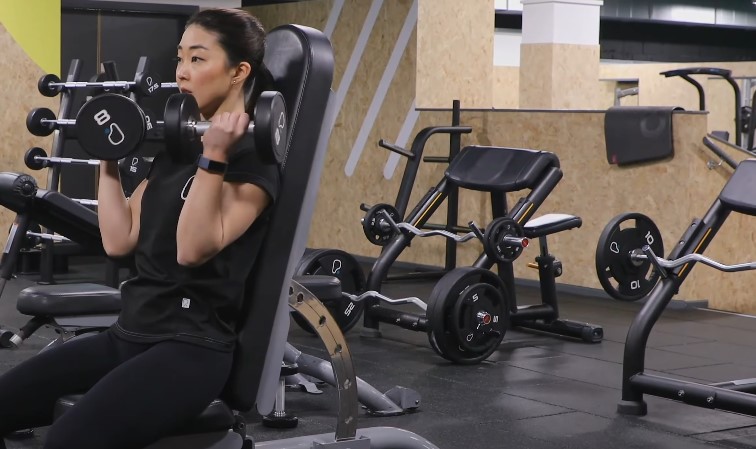
No movement is without risk, but the nature and likelihood of injury depend on several factors: technique, load, anatomy, and intent.
Both lifts can be safe and effective, if done correctly. Below is a breakdown of the typical risk profiles.
Designed for strength, Overhead introduces considerable stress to the spine and shoulders. Poor posture or lack of mobility increases injury potential, especially in the lower back and rotator cuff.
- Spinal Compression: Especially under heavy loads or with poor bracing.
- Shoulder Impingement: Common when scapula movement is restricted.
- Core Weakness: Can lead to excessive lumbar extension and instability.
To train safely, one should warm up with mobility drills, focus on proper bracing, and avoid leaning backward to complete reps. Standing versions especially demand core rigidity to stabilize the spine and pelvis.
Twisting movement and longer range create a different set of concerns.
While not typically used for heavy weights, poor execution or fatigue can lead to unwanted strain on the shoulder joint.
Key safety notes include:
- Rotational Stress: Can aggravate shoulder structures if rushed or forced.
- Weight Selection: Should be conservative to maintain joint control.
- Safer on Rotator Cuff: When performed slowly and with correct alignment.
Controlled speed and constant tension help minimize risk.
It’s important to monitor elbow path and wrist position during the rotation, keeping them smooth and stable throughout the lift.
Which One Should You Choose?
@jesse.korytko Arnold press vs regular overhead press! . #liftingtips #womenshealth #fstlosstips #shoulderday ♬ original sound - JesseKorytko
Choosing between the Overhead Press and the Arnold Press depends on training goals, experience level, and specific areas of development being targeted.
Both exercises offer benefits, but they serve different purposes in the context of muscle building and performance.
Deciding what to prioritize, raw strength, muscle hypertrophy, or a combination of both, will guide the direction of your training plan.
For a clear breakdown, here are the recommended choices based on training goals:
Goal: Maximal Strength and Power
- Go with the Overhead Press
- Enables progressive overload with heavier weights
- Builds pressing strength transferable to other lifts and sports
- Engages the entire kinetic chain, including core and stabilizers
Goal: Muscle Growth, Definition, and Deltoid Symmetry
- Choose the Arnold Press
- Activates all three deltoid heads
- Increases time under tension and range of motion
- Emphasizes detail and muscle isolation
Goal: Balanced Shoulder Development
- Combine both exercises in a single training week
- Use Overhead Press on strength-focused days with heavier loads and lower reps
- Include Arnold Press on hypertrophy days with moderate loads and higher reps
- Alternating volume and intensity targets all aspects of muscle growth and performance
The Bottom Line
OHP and Arnold Press each offer distinct benefits tailored to different training goals.
Strength-oriented athletes lean toward overhead pressing, while physique-focused individuals benefit more from rotational shoulder work.
No matter the selection, consistent form, progressive resistance, and focused intent drive the best results.
Related Posts:
- Whey vs Plant-Based Protein - Which Builds More Muscle?
- Cardio vs. Strength Training for Aging Bodies -…
- Hammer Curls vs. Bicep Curls - Which is Better for You?
- Cardio vs. Yoga - Which is Better for Mental Health…
- Pilates vs. Yoga - Which is Better for Your Fitness Goals?
- Treadmill vs Running Outside - Which is Better for…




